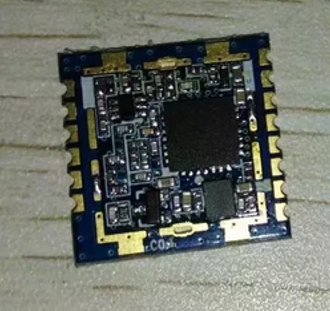
This document describes the LoRaWAN™ network protocol which is optimized for battery-
powered end-devices that may be either mobile or mounted at a fixed location.
LoRaWAN networks typically are laid out in a star-of-stars topology in which gateways1
relay messages between end-devices
2 and a central Network Server the Network Server
routes the packets from each device of the network to the associated Application Server.
To secure radio transmissions the LoRaWAN protocol relies on symmetric cryptography
using session keys derived from the device’s root keys. In the backend the storage of the
device’s root keys and the associated key derivation operations are insured by a Join
Server.
This specification treats the Network Server, Application Server, and Join Server as if they
are always co-located. Hosting these functionalities across multiple disjoint network nodes is
outside the scope of this specification but is covered by [BACKEND].
Gateway are connected to the Network Server via secured standard IP connections while
end-devices use single-hop LoRa™ or FSK communication to one or many gateways.3
All
communication is generally bi-directional, although uplink communication from an end-
device to the Network Server is expected to be the predominant traffic.
